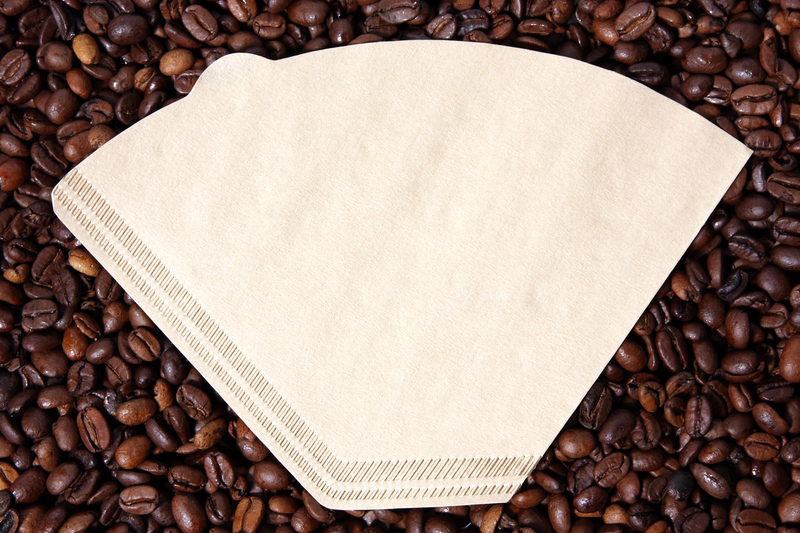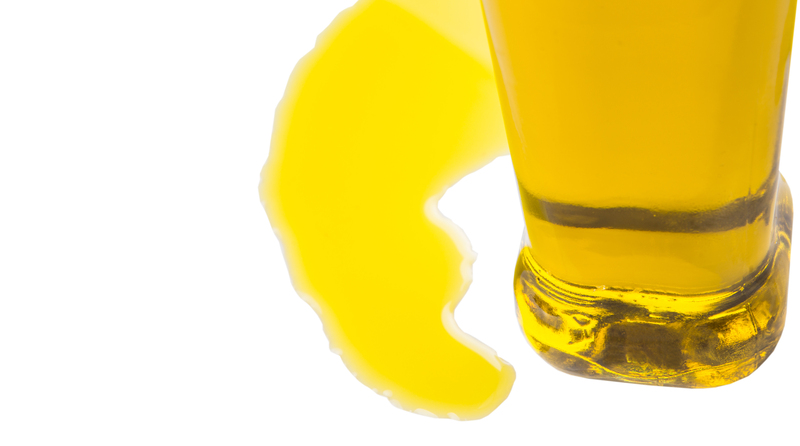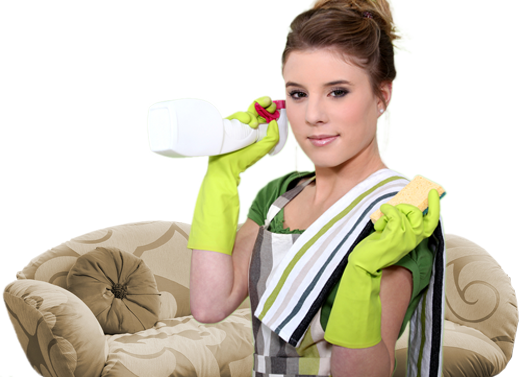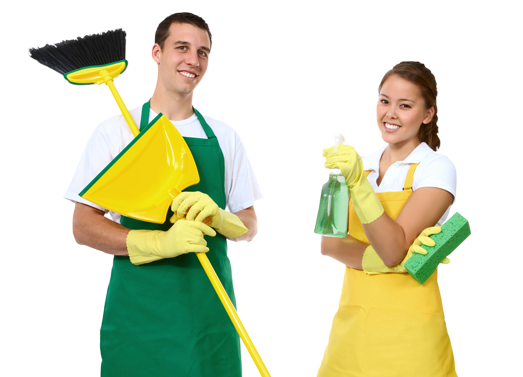Transform Greasy Trays: Effortless Enamel Cleaning Methods
Posted on 04/06/2025
Transform Greasy Trays: Effortless Enamel Cleaning Methods
Enamel trays are a staple in many kitchens, cherished for their durability, timeless appeal, and versatility. However, they are susceptible to grease buildup from frequent use, especially when used for roasting or baking. Greasy enamel trays can be daunting to clean, but with the right methods, you can restore their shine with ease. Below, discover comprehensive, SEO-optimized tips and tricks to help you transform greasy trays with effortless enamel cleaning methods.
Understanding Enamel Trays & Common Cleaning Challenges
Before diving into cleaning techniques, it's important to understand what makes enamel trays unique. Made from a base metal coated with a smooth layer of enamel (melted powdered glass), they offer a non-porous, stain-resistant surface. However, prolonged exposure to grease and burnt-on residues can dull their luster. The biggest challenges with cleaning greasy enamel trays include:
- Stubborn, baked-on marks from oils and fats.
- Tough grease residue that's resistant to regular dishwashing.
- Potential scratching from harsh scrubbing pads or cleaning agents.
- Discoloration from strong or abrasive chemicals.
Therefore, adopting effortless yet effective cleaning methods is crucial to preserve the beauty and usability of your enamel trays.

Why Proper Enamel Tray Cleaning Matters
Regularly cleaning greasy enamel trays offers several benefits:
- Extends the lifespan of your bakeware.
- Ensures hygienic meal preparation by eliminating harmful residues.
- Maintains the tray's glossy finish for attractive serving.
- Prevents flavor transfer and odor buildup.
Investing time in proper tray cleaning not only enhances the appearance of your cookware but also protects your family's health.
Top Effortless Enamel Cleaning Methods for Greasy Trays
Let's explore the most effective, easy-to-follow techniques to transform greasy enamel trays. These tried-and-true methods will leave your trays sparkling with minimum effort.
Baking Soda & Vinegar - A Powerful Natural Duo
This classic combination is safe for enamel surfaces and effective in breaking down grease and stains:
- Sprinkle a generous amount of baking soda onto the greasy tray, focusing on stained areas.
- Pour a small amount of white vinegar over the baking soda. It will fizz, helping to lift grime.
- Let the mixture sit and bubble for 15-30 minutes.
- Scrub gently using a soft sponge or cloth--no steel wool, as it will scratch the enamel coating.
- Rinse thoroughly with warm water and dry with a soft towel.
Baking soda and vinegar provide a chemical-free, non-abrasive way to achieve spotless enamel trays.
Lemon Power - Harnessing Citrus Freshness
- Cut a large lemon in half and sprinkle salt on the cut surface.
- Rub the lemon across the greasy tray, squeezing gently to release juice.
- The citric acid and salt combination will naturally break down grease.
- Allow it to sit for 10-15 minutes before giving a final wipe with a damp cloth.
- Rinse thoroughly and dry.
This method not only cleans but also neutralizes lingering odors, leaving your enamel tray fresh and bright.
Soak and Scrub: Hot Soapy Water
For everyday cleaning and when time is limited, a traditional soak works wonders:
- Fill the enamel tray with hot water and a few drops of dish soap.
- Let it soak for 1-2 hours (or overnight for tough grease).
- After soaking, use a soft non-scratch sponge to gently lift away loosened grime.
- Rinse and towel-dry to prevent water spots.
Never use scouring pads or steel wool for soaking enamel, as they can leave permanent scratches.
Commercial Enamel Cleaners: Fast and Effective
If you prefer ready-made solutions, numerous specialized enamel cleaners on the market are specifically designed for greasy trays. Look for products labeled as safe for enamel or porcelain surfaces.
- Follow the manufacturer's instructions for dilution and application.
- Avoid harsh chemicals like bleach or ammonia, which can erode enamel coatings over time.
- After cleaning, rinse thoroughly with hot water to remove chemical residues.
While commercial products can save time, always prioritize non-toxic and non-abrasive formulas to preserve the integrity of your enamel trays.
Baking Powder Paste: For Burnt-On Grease
- Mix a few tablespoons of baking powder with water to form a thick paste.
- Spread the paste evenly over greasy or burnt patches.
- Let it sit for up to an hour.
- Wipe away with a damp cloth, repeating as necessary.
This gentle abrasive paste is especially effective for older stains without harming the enamel.
Preventing Grease Build-Up on Enamel Trays
The best way to transform greasy trays is to prevent buildup from occurring in the first place. Integrate these proactive tips into your cleaning routine:
- Line trays with parchment paper or silicone mats before baking.
- Clean trays immediately after use--don't let grease harden.
- Use non-stick sprays or very light oils for easier post-cooking cleaning.
- Store enamel trays in a dry place to prevent moisture stains.
Little habits go a long way in decreasing cleaning time and effort.
What to Avoid When Cleaning Enamel Trays
To extend the life of your enamel bakeware, steer clear of the following:
- Abrasive scouring pads and powders.
- Harsh chemicals such as bleach, oven cleaner, or ammonia.
- Sudden temperature changes--don't pour cold water on hot trays.
- Using knives or metal utensils for scraping off stuck food.
These actions may chip, scratch, or dull the enamel.

FAQs - Effortless Enamel Tray Cleaning
Can I put enamel trays in the dishwasher?
Most enamel trays are dishwasher-safe, but repeated cycles may dull their glossy appearance. For best results, handwashing with mild soap and warm water is recommended.
What if my enamel tray is seriously stained?
For deep stains, try a paste of baking soda and hydrogen peroxide. Apply, let sit, gently scrub, and rinse. Repeat if necessary for stubborn spots.
Is it safe to use vinegar on all enamelware?
Yes, diluted vinegar is safe for enamel surfaces, but avoid leaving it on for more than an hour. Rinse thoroughly to prevent dulling.
Summary: Restore and Revitalize Your Greasy Enamel Trays
Transforming greasy trays doesn't require expensive products or damaging abrasives. Instead, a mix of natural household ingredients and good daily habits will keep your enamel trays sparkling and hygienic. The key is consistency: regular, gentle cleaning protects against stubborn buildup and prolongs your cookware's lifespan.
- Baking soda and vinegar dissolve tough grease and stains naturally.
- Lemon and salt freshen and brighten enamel trays effortlessly.
- Hot soapy water softens and lifts everyday residues without harsh scrubbing.
- Commercial enamel cleaners offer quick solutions but should be used sparingly.
- Baking powder paste is excellent for older, burnt-on stains.
Prevention is always easier than cure. Adopt simple habits such as lining, immediate rinsing, and gentle drying to minimize cleaning hassles. If you care for your enamel trays today, they'll reward you with years of reliable service and timeless style.
Rediscover the joy of cooking and baking with trays that look and feel brand new--start using these effortless enamel cleaning methods today!




